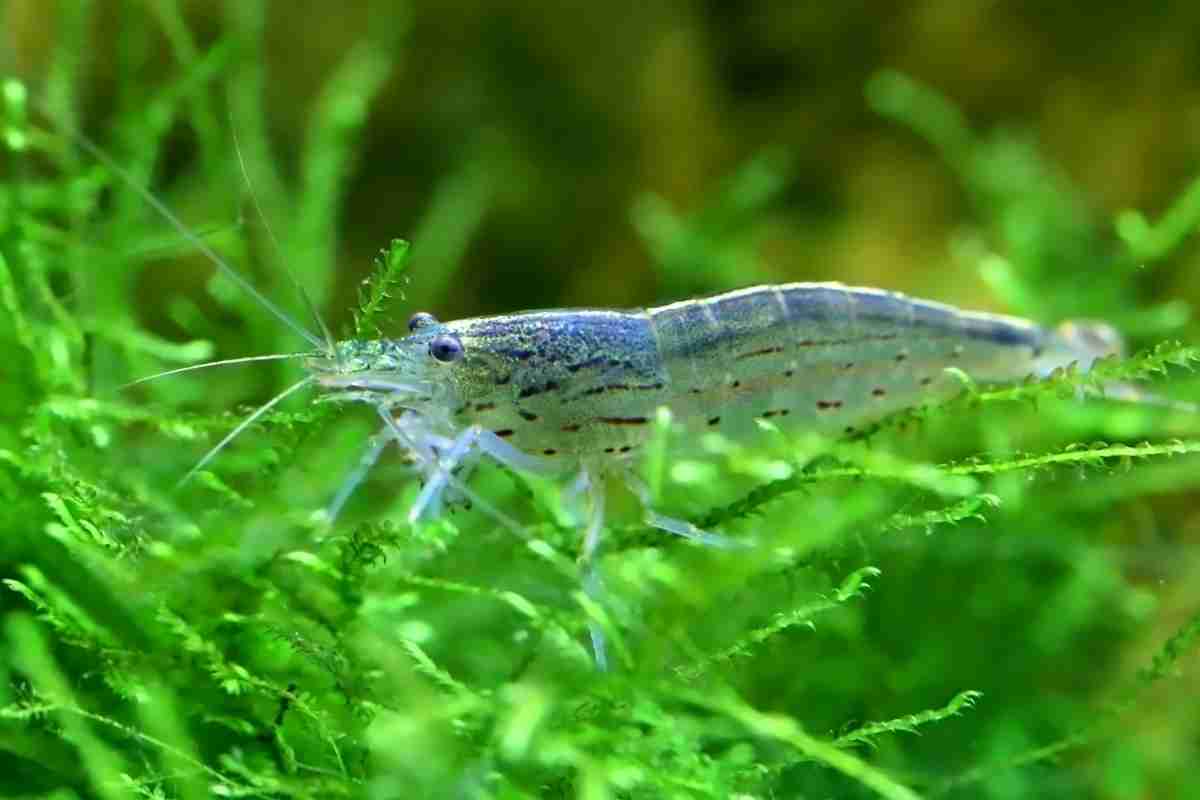
16 Benefits For Having A Moss Ball In An Aquarium
Read more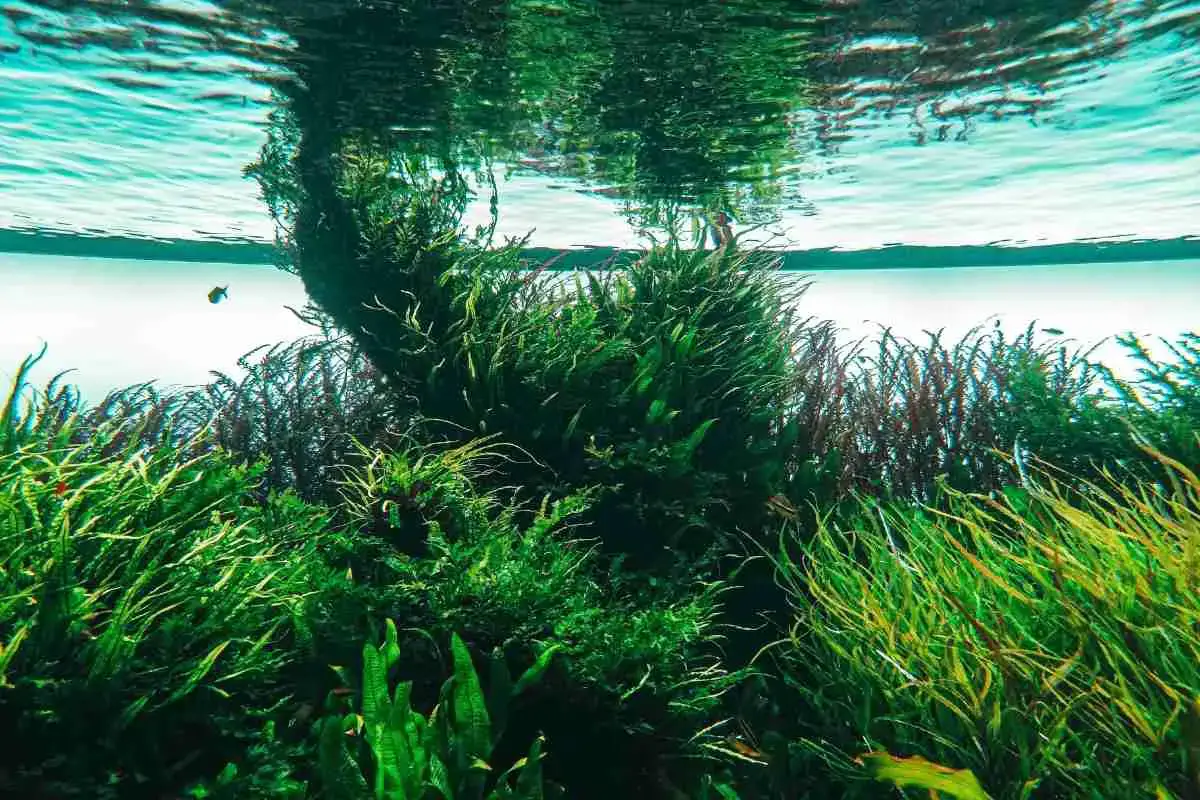
Is Algae A Decomposer? The Surprising Truth!
Read more
What to do if your Christmas moss turns brown or yellow? Find out how to bring your moss back to life
Read more
Can Moss Grow Underwater? List & Benefits
Read more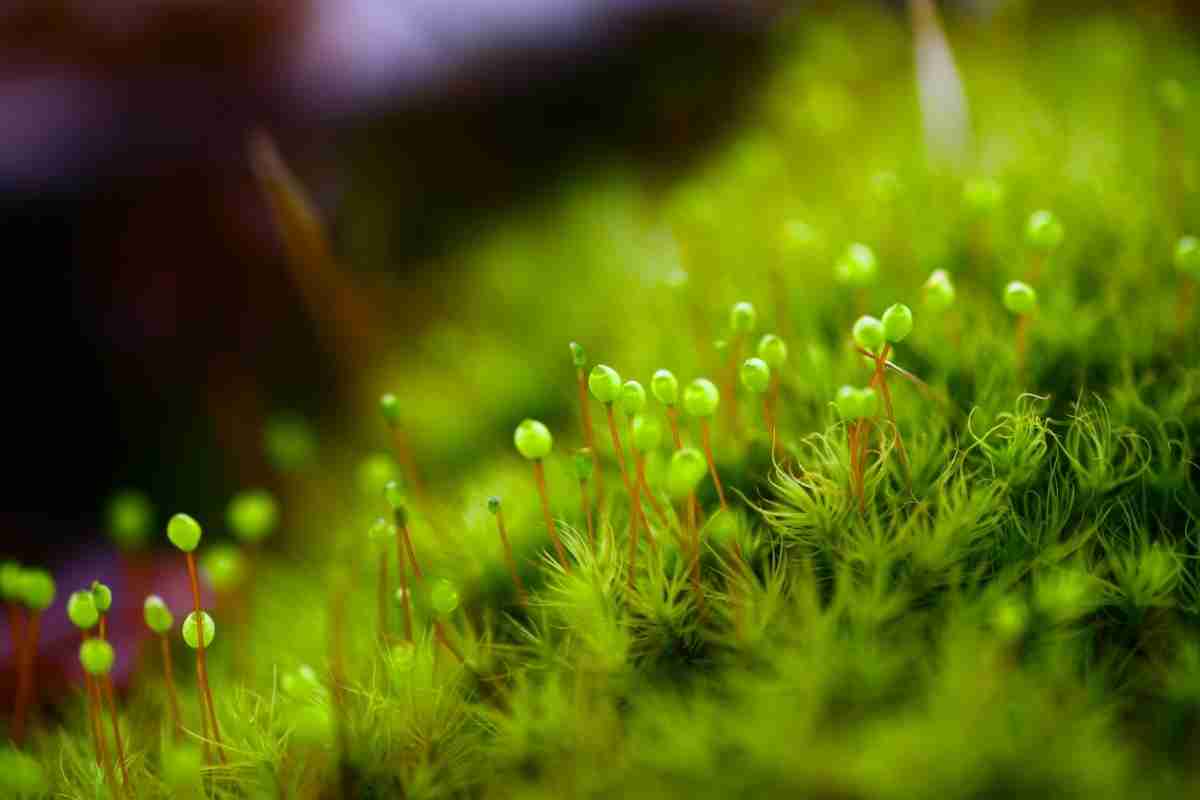
How Does Moss Reproduce? (Asexually And Sexually)
Read more
Floating Moss Balls: Why Do They Float?
Read more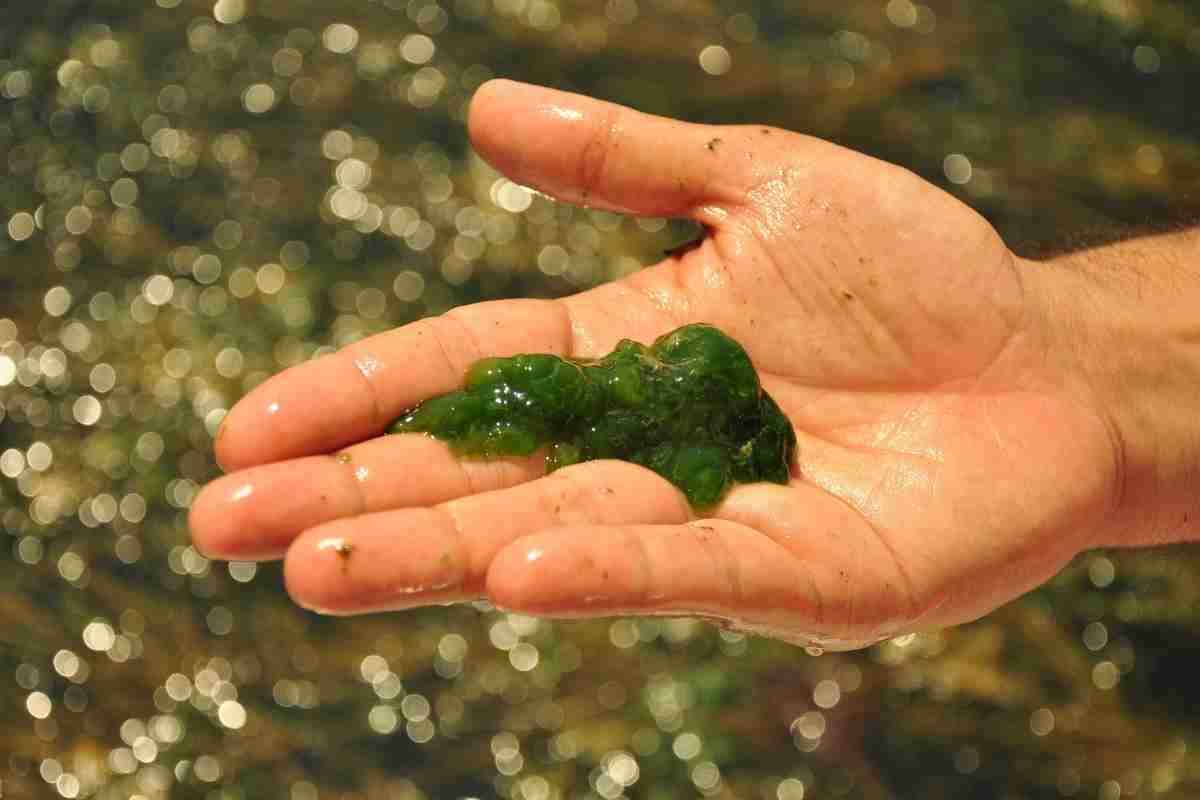
How Fast Does Algae Grow? Growth Rate Factors!
Read more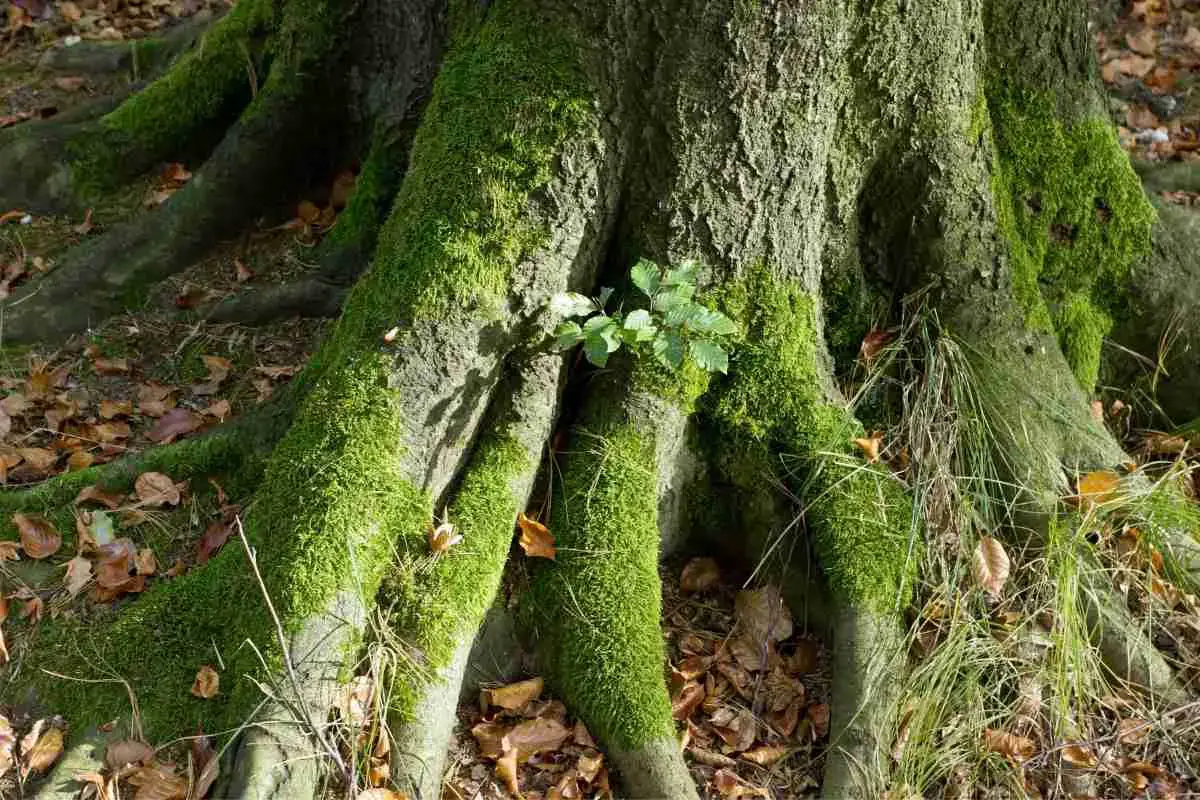
How Does Moss Grow On Trees? And Why?
Read more
Is Moss Really Poisonous? The Toxic Myth Uncovered: Safe to Touch or Dangerous?
Read more
DIY Peat Moss: 5 Simple Steps to Success – Start Today!
Read more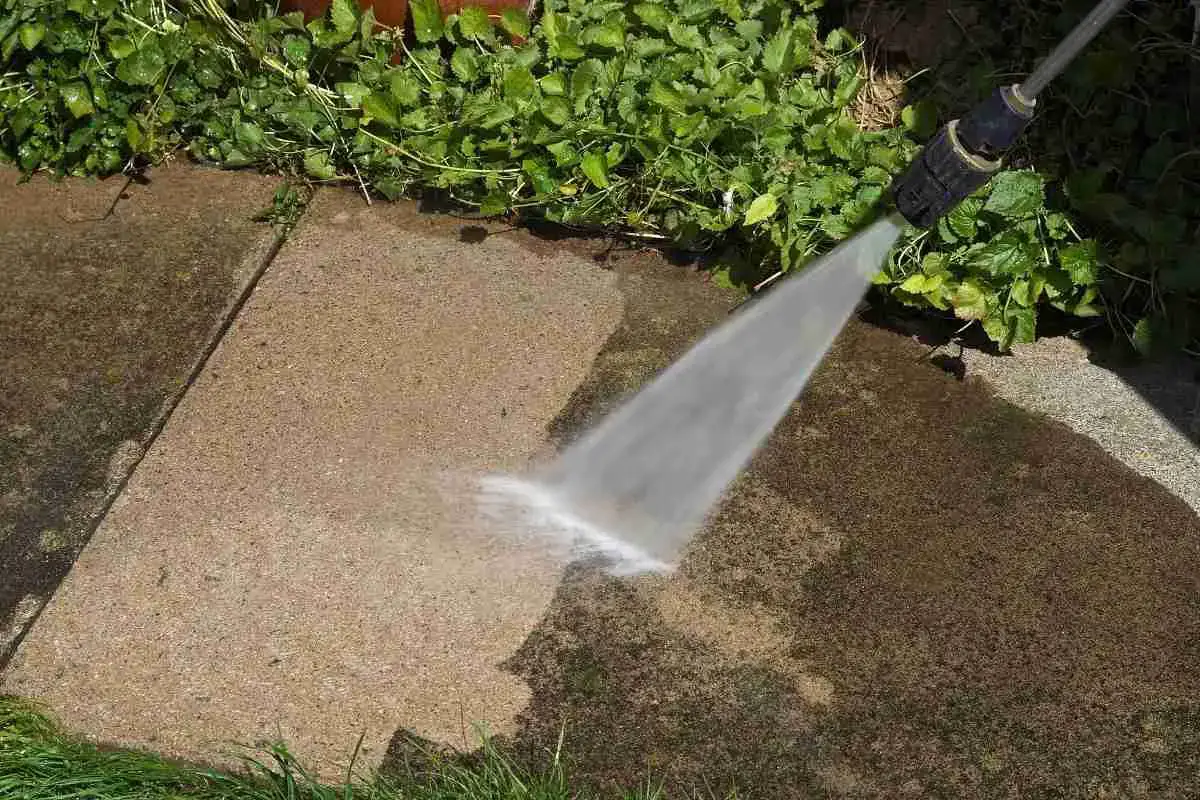
7 Easy Methods For Getting Rid Of Moss On A Patio
Read more